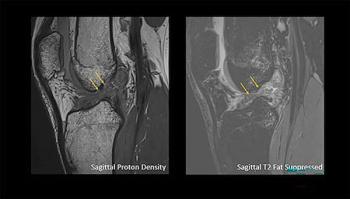
Interventional Radiology Achieves Specialty Status
Interventional radiology has achieved primary specialty status, a decision the SIR hailed as confirmation of the skill set’s benefits to patients.
Interventional radiology has achieved primary specialty status, a decision the Society of Interventional Radiology hailed as confirmation of the skill set’s benefits to patients.
The American Board of Medical Specialties, which has oversight of the 24 recognized medical specialty boards, approved the American Board of Radiology’s application for a new dual primary certificate in interventional radiology and diagnostic radiology. A primary certificate is different from a subspecialty certificate as it designates a distinct area of medicine, rather than an area of focus within an existing specialty, according to the SIR.
The decision “is a seminal event in the history of interventional radiology - and one that will benefit future patients by providing well-trained minimally invasive image-guided specialists,” SIR President Marshall E. Hicks, MD, FSIR, said in a statement.
“This is an important step in the formalization of the interventionalist’s clinical role,” said John A. Kaufman, MD, FSIR, a SIR past president and director of the Dotter Interventional Institute in Portland, Ore.
The new dual certificate in interventional radiology and diagnostic radiology will be the fourth primary certificate for ABR and the 37th overall in the U.S., according to SIR.
Gary J. Becker, MD, FSIR, ABR executive director, said the creation of this primary certificate was based on the need to ensure that future trainees acquire the requisite combination of clinical, procedural and interpretive skills in interventional radiology. “The interventional radiology and diagnostic radiology certificate ensures that board-certified interventional radiologists are trained and qualified to deliver the highest level of care available today,” headed, “and it demands that this same quality be made available to all future patients.”
Newsletter
Stay at the forefront of radiology with the Diagnostic Imaging newsletter, delivering the latest news, clinical insights, and imaging advancements for today’s radiologists.




























